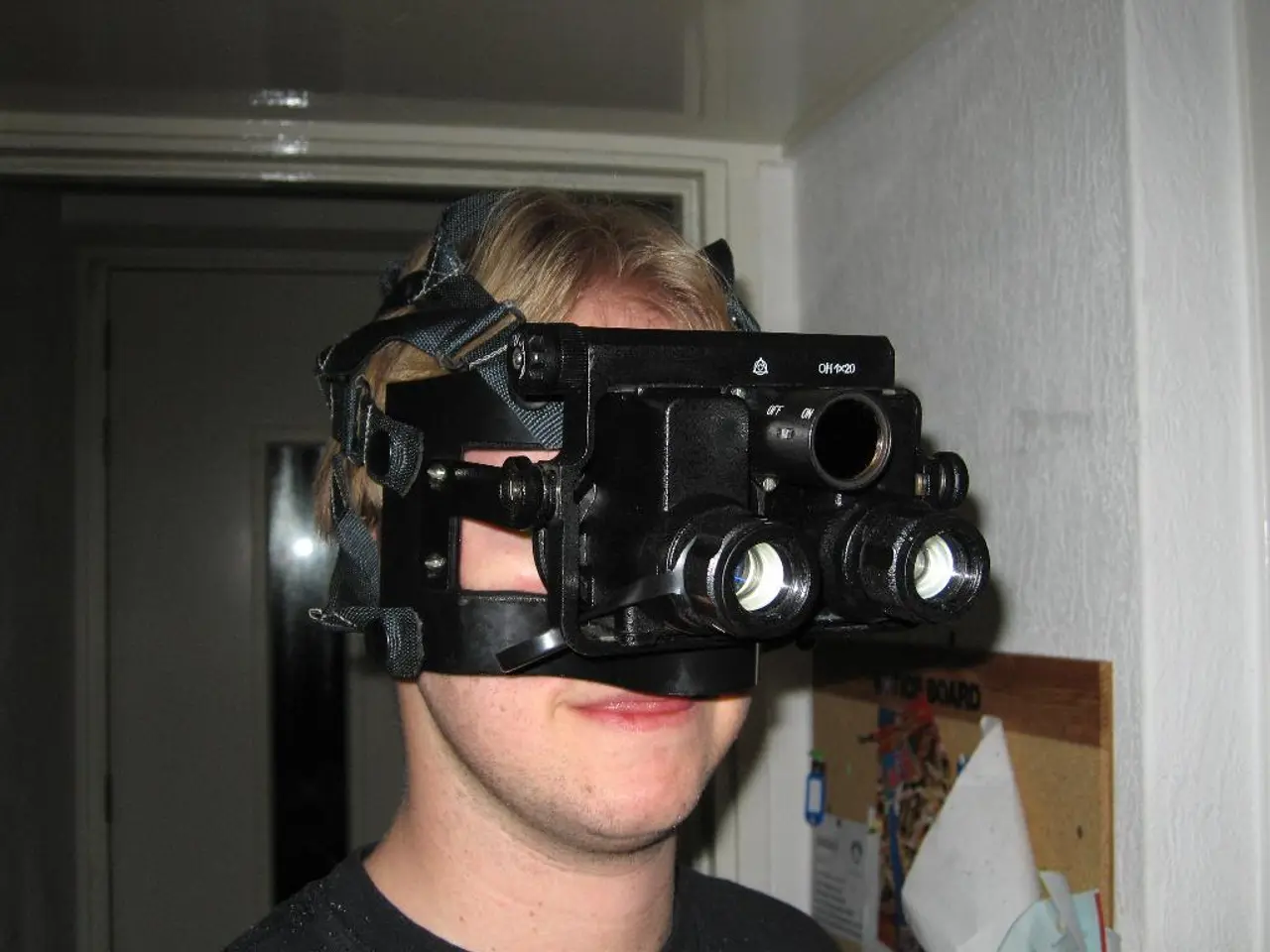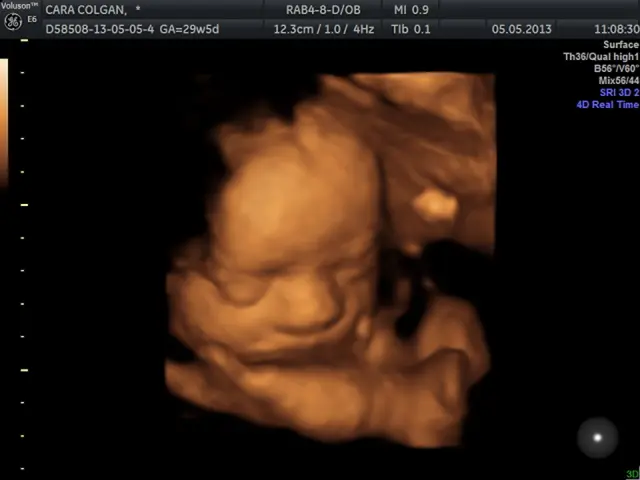The Evolution of Medical Care through Virtual Reality: Pivotal Applications and Illustrative Examples in the Field of Healthcare
In the realm of modern healthcare, virtual reality (VR) is making a significant impact, revolutionising pain management, mental health treatment, physical rehabilitation, and surgical planning.
### Pain Management
VR is proving to be an effective tool in reducing pain perception during medical procedures and chronic pain conditions. For instance, RelieVRx, an FDA-authorized VR therapy, delivers immersive skills-based treatment to reduce chronic lower back pain, temporomandibular disorder pain, and orthopedic injury pain. Clinical trials demonstrate significant reductions in pain intensity, pain interference, anxiety, depression, and improvements in sleep quality and mood during and after VR therapy.
For burn victims, VR environments like SnowWorld provide calming, interactive virtual settings that distract from excruciating pain during wound care, significantly lowering subjective pain and anxiety ratings. VR also serves as a non-pharmacological adjunct by diverting patients' attention away from surgical or procedural pain, providing a calming distraction that reduces the need for medication.
### Mental Health Treatment
VR creates calming virtual environments that help manage anxiety, PTSD, and depression symptoms by providing immersive relaxation and distraction from traumatic or stressful stimuli. VR-delivered therapies have been proven to effectively reduce anxiety and improve mood, making it a valuable complementary tool in mental health treatment plans.
### Physical Rehabilitation
VR enhances physical therapy by providing interactive, gamified experiences that improve patient motivation, engagement, and adherence to treatment protocols. It allows for adaptive difficulty adjustments, real-time multi-sensory feedback, and remote therapist monitoring in home-based programs. Augmented reality (AR) overlays can also assist patients by providing visual guidance, real-time posture correction, and interactive anatomy education during exercises. Studies show VR rehabilitation improves outcomes in conditions like Parkinson’s disease, balance disorders, and motor recovery, promoting better movement and engagement compared to traditional therapies.
### Surgical Planning and Medical Training
VR simulations enable surgeons to plan and rehearse complex surgeries in immersive, realistic environments, thereby improving precision and reducing intraoperative risks. It offers a risk-free platform for medical professionals to practice procedures and enhance skills. VR is increasingly integrated into patient education and pre-surgical planning, allowing patients to better understand their treatments and reduce anxiety before surgery.
In summary, VR is transforming healthcare by delivering immersive, non-pharmacological interventions that address pain, mental health, rehab, and surgical challenges, with robust clinical evidence supporting its effectiveness and ongoing advancements expanding its applications. The future of VR in healthcare holds vast potential, with ongoing advancements set to transform training, patient care, and treatment methods.
Digital transformation in healthcare, specifically in the domains of science, health-and-wellness, and mental-health, is leveraging virtual reality (VR) technologies to revolutionize various therapies and treatments. For instance, VR is applied in pain management by delivering immersive, skills-based treatments that reduce chronic pain and anxiety, as seen with RelieVRx therapy. Furthermore, VR-delivered mental health treatments create calming virtual environments that aid in managing symptoms of anxiety, PTSD, and depression.







